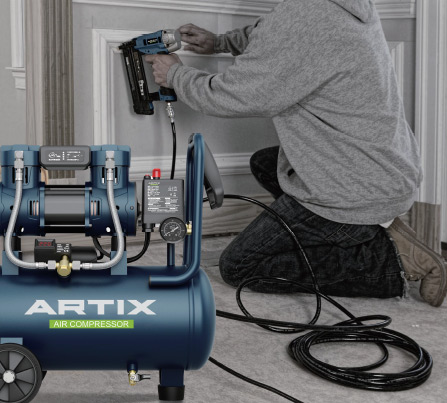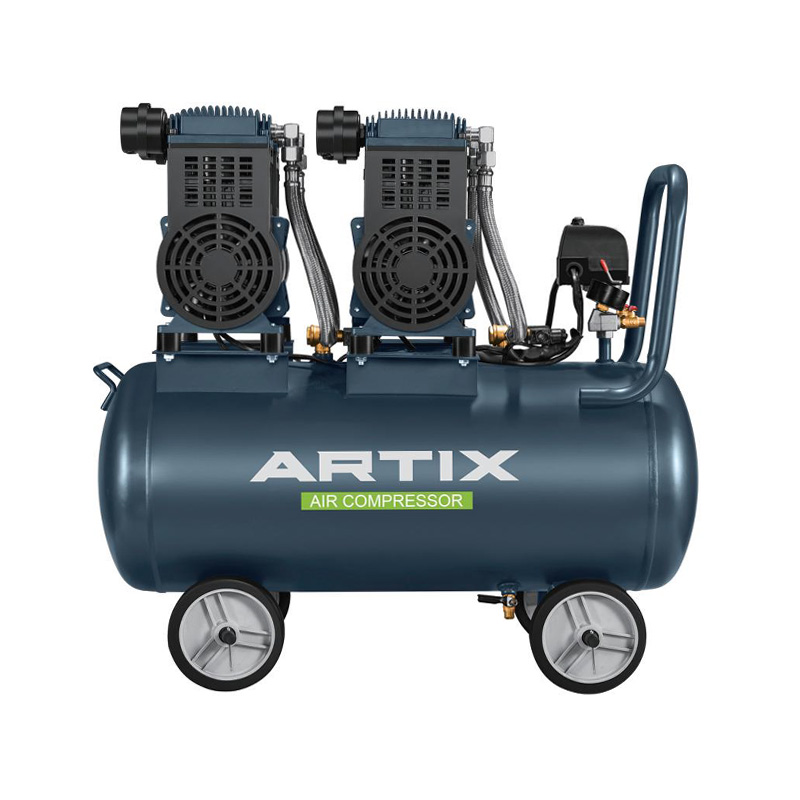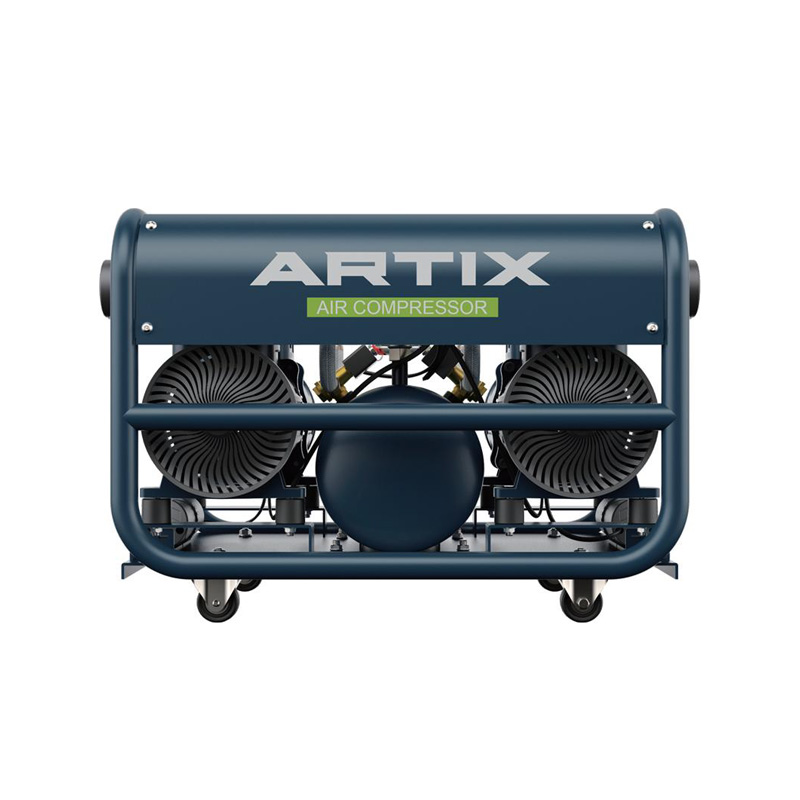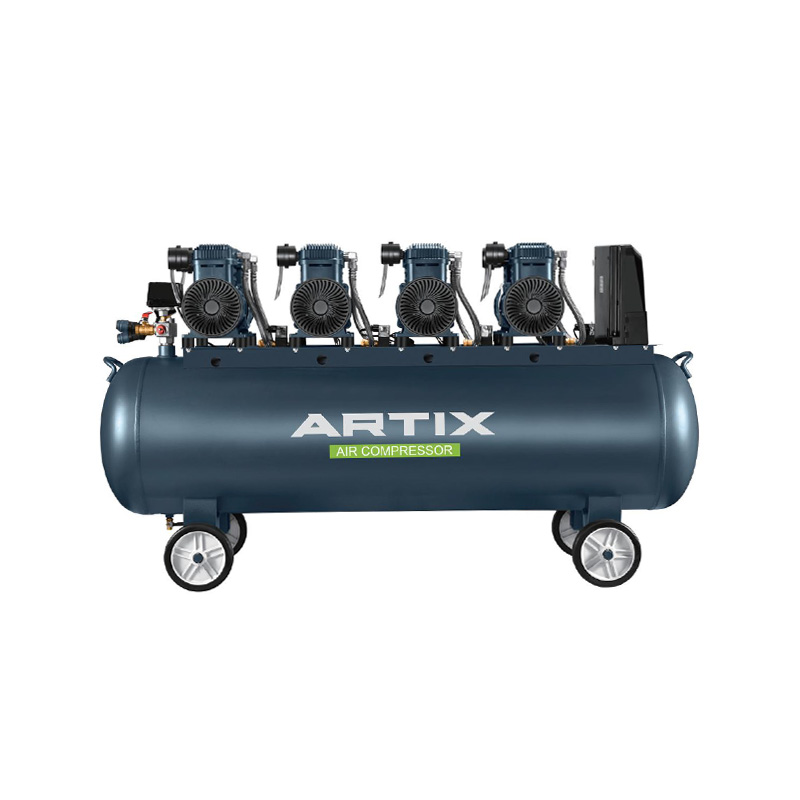Direct Driven Air Compressor is known for their reliability, energy efficiency, and minimal maintenance needs, making them a top choice for many industrial applications. However, like any mechanical system, these compressors can still encounter issues that may disrupt their performance. Understanding how to troubleshoot common problems can help you prevent costly downtime and ensure your industrial air compressor runs smoothly.

1. Compressor Not Starting
One of the more common issues with direct-driven air compressors is the compressor failing to start. This can be caused by a variety of factors.
Potential Causes:
Power supply issues: Ensure the compressor is plugged in and receiving power. Check the electrical connections, fuses, and circuit breakers.
Faulty pressure switch: If the pressure switch is malfunctioning, it can prevent the compressor from starting. Inspect the switch for signs of wear or damage.
Motor failure: The motor may have failed due to overloading or wear and tear. Test the motor with a multimeter to check for continuity.
Solutions:
Double-check the power supply and connections.
Inspect and replace the pressure switch if necessary.
If the motor is faulty, you may need to replace it, or, if under warranty, contact the manufacturer for a replacement.
2. Excessive Vibration
Vibration is another issue that can affect Direct Driven Air Compressors. While these systems are known for their smooth operation, excessive vibration can still occur.
Potential Causes:
Loose components: Over time, bolts and nuts may become loose, causing the compressor to vibrate more than usual.
Unbalanced motor or compressor: An imbalance in the motor or compressor can cause to vibration. This might be caused by a manufacturing defect or damage to parts.
Improper installation: If the compressor is not securely mounted, it may vibrate excessively.
Solutions:
Inspect all parts for loose bolts, nuts, or fasteners. Tighten as needed.
Check for balance issues in the motor or compressor and make adjustments or replacements if necessary.
Ensure the compressor is installed on a solid, level surface to prevent unnecessary movement.
3. Overheating
Overheating is a critical issue that can cause long-term damage to your Industrial Air Compressor.
Potential Causes:
Blocked air intake: If the air intake is clogged with dirt, dust, or debris, it can restrict airflow, causing the compressor to overheat.
Insufficient cooling: Direct Driven Air Compressors rely on air cooling or liquid cooling, depending on the model. If the cooling system is malfunctioning, overheating can occur.
Incorrect oil level (for oil-lubricated compressors): Oil is essential for lubricating the moving parts of the compressor. If the oil level is too low, it can cause friction and overheating.
Solutions:
Clean the air intake and replace any filters that are clogged or dirty.
Check the cooling system for blockages or failures, and clean or repair the system as needed.
For oil-lubricated models, verify that the oil level is correct. Refill or change the oil if necessary.
4. Air Leaks
Air leaks in a Direct Driven Air Compressor can reduce efficiency and increase operating costs.
Potential Causes:
Loose or damaged connections: Connections between the compressor components may become loose or cracked, allowing air to escape.
Damaged hoses or seals: Over time, hoses and seals can wear out or get damaged, causing to air leakage.
Solutions:
Inspect all connections, hoses, and seals for signs of wear or damage. Tighten loose connections and replace damaged components.
Use leak detection fluid or an electronic leak detector to locate small leaks that may not be visible to the naked eye.





